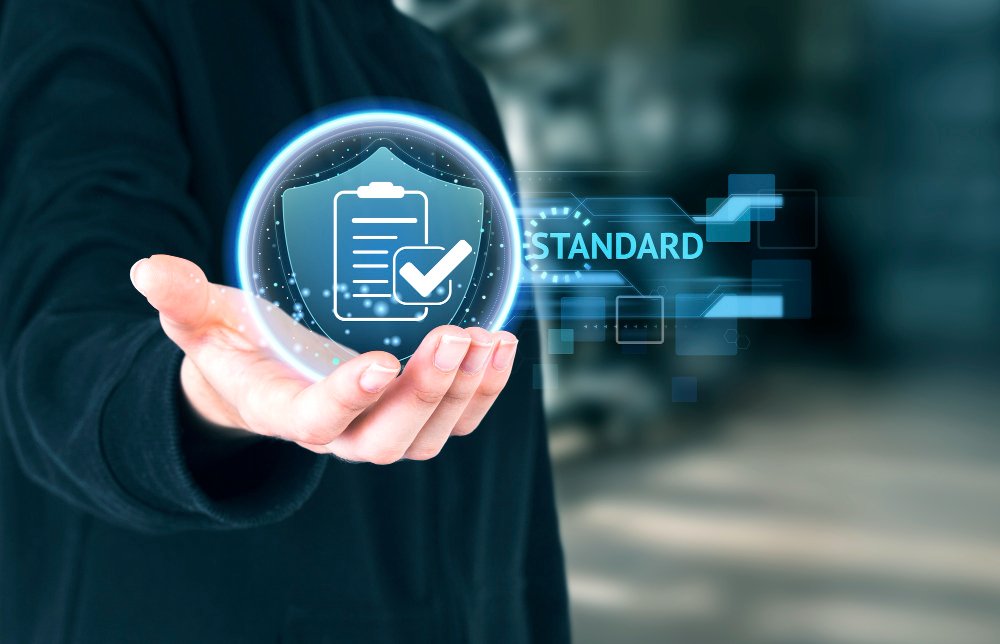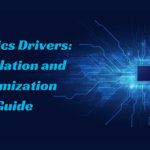Evolving Threat Landscape and Its Impact on Security Risk Registers: Staying Ahead of Emerging Risks
- 1 The Shifting Threat Landscape
- 2 Impact on Security Risk Registers
- 2.1 1. Complexity and Diversity of Risks:
- 2.1.1 Challenges:
- 2.1.2 Solutions:
- 2.2 2. Dynamic Nature of Threats:
- 2.2.1 Challenges:
- 2.2.2 Solutions:
- 2.3 3. Interconnected Risks:
- 2.3.1 Challenges:
- 2.3.2 Solutions:
- 2.4 4. Resource Constraints:
- 2.4.1 Challenges:
- 2.4.2 Solutions:
- 3 Strategies for Effective Risk Management
- 4 Conclusion
In today’s digital age, where technology continues to advance at an unprecedented rate, organisations’ threat landscape is constantly evolving. From data breaches to sophisticated cyber-attacks, the challenges posed by these threats are becoming more complex and diverse. In response, security risk registers have emerged as critical tools for organizations to identify, assess, and mitigate these evolving risks. However, understanding the threat landscape’s dynamic nature is imperative to effectively manage these risks.
The Shifting Threat Landscape
The threat landscape encompasses many risks that can compromise the security and integrity of an organization’s data, systems, and operations. It’s not merely limited to traditional cyber-attacks but has expanded to include factors such as:
- Cybersecurity Threats: With the proliferation of interconnected devices and digital systems, cyber threats like ransomware, phishing attacks, and malware have become more sophisticated and prevalent.
- Emerging Technologies: The rapid adoption of technologies such as AI, IoT, and cloud computing introduces new vulnerabilities that threat actors exploit.
- Regulatory Changes: Evolving regulations and compliance requirements complicate risk management, as non-compliance can result in severe consequences.
- Supply Chain Risks: Dependencies on third-party vendors and global supply chains create additional vulnerabilities attackers can leverage.
Impact on Security Risk Registers
Security risk registers are centralized repositories that catalogue identified risks, their potential impact, and mitigation strategies. However, the evolving threat landscape presents several challenges to the efficacy of these registers:
1. Complexity and Diversity of Risks:
The traditional approach to risk management often relied on established frameworks and historical data to identify and assess risks. However, the modern threat landscape presents a vastly different scenario. The emergence of sophisticated cyber threats, interconnected systems, and the proliferation of new technologies has significantly increased the complexity and diversity of risks that organizations face.
Challenges:
- Lack of Comprehensive Coverage: Conventional risk registers might not adequately capture the multifaceted nature of contemporary risks, leading to incomplete risk assessments.
- Difficulty in Prioritization: With a wide array of potential risks, prioritizing and categorizing them becomes challenging, potentially leaving critical vulnerabilities unaddressed.
Solutions:
- Enhanced Risk Identification Techniques: Implementing advanced risk identification methods like threat modelling and scenario analysis helps recognise diverse risks.
- Dynamic Risk Scoring and Prioritization: Use adaptable risk scoring models to account for different risks’ changing nature and potential impact.
2. Dynamic Nature of Threats:
Cyber threats evolve at a rapid pace. What was considered a significant threat yesterday might become outdated while new threats constantly emerge. This dynamism poses a challenge for static risk registers that might not be equipped to keep up with the evolving threat landscape.
Challenges:
- Outdated Risk Assessments: Static risk registers can quickly become outdated, rendering the risk assessments ineffective against emerging threats.
- Inability to Anticipate New Threats: Risk registers designed based on historical data might fail to effectively anticipate or address novel threats.
Solutions:
- Continuous Monitoring and Updates: Establish a culture of ongoing risk assessment and updating risk registers to reflect the latest threat intelligence and trends.
- Integration of Threat Intelligence Feeds: Implement systems that automatically update risk registers with real-time threat intelligence to stay abreast of new risks.
3. Interconnected Risks:
In the interconnected digital landscape, risks seldom exist in isolation. A security breach in one area can have cascading effects across an organization’s systems, creating a ripple effect that traditional risk registers might struggle to capture.
Challenges:
- Silos in Risk Management: Isolated risk management efforts across different departments or systems may lead to overlooking interconnected risks.
- Failure to Address Systemic Risks: Focusing solely on individual risks might overlook systemic vulnerabilities that emerge from the interplay between various risk factors.
Solutions:
- Holistic Risk Assessments: Adopt a holistic approach to risk management that considers interdependencies and systemic risks rather than compartmentalizing risks.
- Cross-Functional Collaboration: Encourage collaboration among different departments or teams involved in risk management to gain a comprehensive view of interconnected risks.
4. Resource Constraints:
Limited resources, whether in terms of skilled personnel, budget, or technological infrastructure, can impede an organization’s ability to manage the evolving threat landscape effectively.
Challenges:
- Lack of Expertise: A shortage of skilled cybersecurity professionals might hinder comprehensive risk assessment and mitigation efforts.
- Budgetary Constraints: Insufficient funds for investing in advanced cybersecurity tools and technologies can leave organizations vulnerable to sophisticated attacks.
Solutions:
- Investment in Training and Skill Development: Provide training programs to upskill existing personnel and attract new talent to strengthen cybersecurity capabilities.
- Optimization of Resources: Prioritize risk areas and allocate resources strategically to effectively mitigate the most critical risks.
Strategies for Effective Risk Management
To adapt to the evolving threat landscape and enhance the potency of security risk registers, organizations can implement several strategies:
- Continuous Risk Assessment: Regularly review and update risk registers to reflect the changing threat landscape, leveraging threat intelligence and risk assessment frameworks.
- Holistic Approach: Adopt a holistic risk management approach that considers the interdependencies between different organisational risks and departments.
- Invest in Technology and Expertise: Allocate resources to employ advanced cybersecurity tools and skilled personnel capable of identifying and mitigating modern threats.
- Collaboration and Information Sharing: Foster collaboration among industry peers and collectively share threat intelligence to combat emerging risks.
- Regular Training and Awareness Programs: Educate employees about evolving threats, phishing schemes, and cybersecurity best practices to minimize human errors.
Conclusion
As the threat landscape continues to evolve, maintaining a robust security risk register is paramount for organizations to proactively identify, assess, and mitigate risks effectively. By acknowledging the dynamic nature of threats and implementing adaptable strategies, organizations can navigate the complexities of the modern threat landscape, fortify their defences, and safeguard their assets and operations against potential risks. Continual vigilance and a proactive mindset are key to staying ahead in the ever-evolving cybersecurity landscape.


















